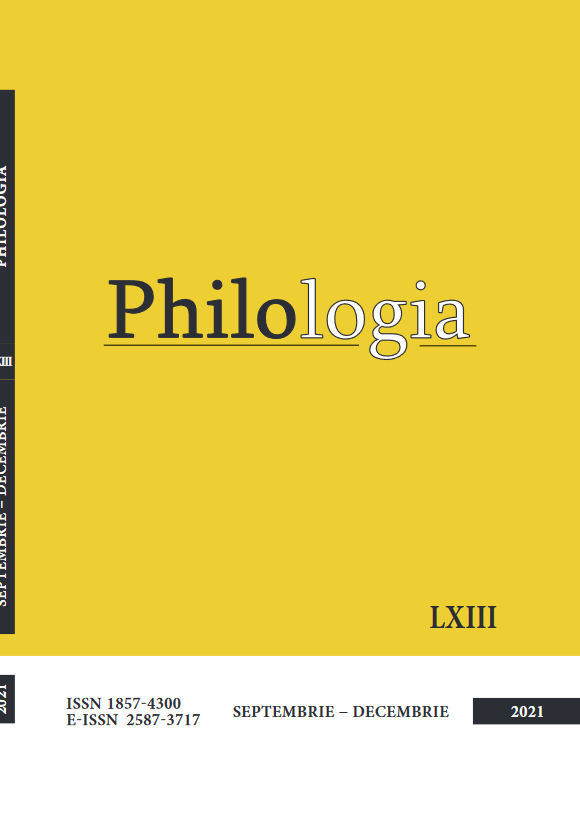Abstract
What should a book about theater look like? How about the one about a categoryof theatrical performances in the ethnological dimension? Research project of the Instituteof Romanian Philology B. P. Hasdeu stimulates research into socio-cultural contexts andEuropean connections, and Eugeniu Coseriu urges us to open up universally - each with hisown field of research. In the sub-theme National Folklore Corpus, the popular (folkloric)theater is my area of expertise and the Latin phrase Theatrum mundi = The spectacle of theworld. The world seen as a spectacle it is the universal concept of theatricality. The definitesign of the theater is the character. In illo tempore, man invented an incredible, savingtheater, modeling fictional characters from the most abundant matter - from what he didnot know, out of ignorance. For phenomena that man could not explain in the beginning,he shaped ... spirits, supernatural beings, elves. The nebula of imaginary characters fell intotwo broad categories – the good and the evil ones. In order to understand the diversity ofmasks and clothing of modern times, it is imperative to accept a scaffolding of archetypaldichotomies, resulting from this modeling of beginnings: life - death, good - evil, beauty- ugly, God - Satan, love - hate , wealth - poverty, Christ - Herod, the wise – the stupid ...All the characters - not just from the theater of any kind - are derived from these archetypaldichotomies, and the triggering axial motives, in which it manifests itself in tension, arelove, fertility, fecundity, disease, healing, death, resurrection. The Romanian folk theateris part of the same spectacle of the world, and the eternal scene is on the doorstep of thehouse with a spinster to be married. More important deduction - this is also the engine thatsets the characters and the scene in motion: the love that moves the sky and ... the scene.

